LORETO
3/26 Anchor up 9:30 heading 10 miles to Loreto for groceries. Hot and calm out. Anchor down at 13:30. Way too hot out and no wind all day. LORETO, “the fountainhead for all Spanish development that took place on the Pacific coast of the United States. After the 1697 Jesuit landing, Loreto became the capital of California for 132 years. Then, in 1829, the town was devastated by a hurricane and the capital was moved to La Paz.”
Clear and peaceful night, full moon like daylight! The City Malecón bustling, probably for Easter Holy week.
3/28 Sat at bus station all afternoon waiting for my Mother. Got worried after a few buses arrived without her. Hours late, scheduled for 13:30 arrival. Finally arrived by van from La Paz at 16:30. The bus was full so she took a passenger van. Water still smooth as glass so we stayed anchored off Loreto and went out to dinner. Since Loreto is “open-roadstead” and not an actual anchorage, bay, or cove it is unusual for boats to stay for more than half a day. All of our cruising guides, sailing notes, plus other boaters have warned us of this. We again, have gotten lucky, which I hope does not run out anytime soon.
3/29 Magnificent Sunrise engulfing Isla Carmen. Mom brought lots of awesome gifts. Dry foods, BACON, chocolate, girlscout cookies, cruising guides, sailing books, Baja books, trinkets for the boat, you name it. We thank her for spoiling us! Wandered the town of Loreto. Visited the Mission Church which was originally made of stone and officially founded October 25, 1697. The very first permanent European settlement in the Californias! We spent the rest of the day eating the local cuisine, drinking the local beverages, and wandering through the hand-made craft stores. That night Claire and my mother were brave enough to go pool hopping at the local resort.
3/30 Woke up early and took a guided tour to Mission San Javiar. Riding in a Chevy AstroVan taxi cab through the desert mountains, on crumbled roads that would have absolutely been shut down in America. Quite proud of my mother for making the 6 hour ride north on these roads and again on this day. She is deathly scared of hair-pin turns through mountains, let alone on ones that have caved in thousands of feet to rubble and rockslides, less than a full lane remaining. On our way up we stopped at a riverbed that had remnants of freshwater trickling down from the mountains above. Our guide showed us “cave-paintings” that were “10,000” years old.
These paintings were very intriguing. The geology of this riverbed and almost all of Baja is that when there is any bit of rain, let alone a hurricane, there is 25+ feet of flooding and years of desert debris carried down for miles. These paintings seem to have survived this long? Not in a protected cave? On a small cliff of crumbled rock? Where clearly many floodings have scraped the side? crazy.
Back in the AstroVan we forge on up the crumbling mountain. Stopping at a small chapel and passing by ranches. We notice a change in terrain, vegetation! Water! The road is flooded with fresh water, ponds, and trickling brooks. We round the corner to the Mission and our tour-guide gladly explains to us that they traveled all this way up because of the lake! Turquiose and clear. The mission is tucked in a freshwater valley surrounded by desert hills. Crops planted of olives (having the oldest tree in North America, over 300 years!) corn, many citruses, beans, guava, grapes, the list goes on, all fed by the aqueducts from the lake. Claire bought a prayer candle at the local tienda which she lit before the alter, saying a prayer for our beloved GranFran. The Missions interior and exterior architecture was remarkable. Italian, Spanish, and some say Arabic influences.
OK OK enough rambling about our historic trip. History adds a deep feeling to travels. If you want to know more, research and read about it in your own time, or buy us a drink and we’ll keep running ours mouth for you later.
Back at the boat I spent the rest of the day organizing the fishing tackle that my father had sent, putting new line on all my reels, so that we would have three casting rods, one for each of us. We decided to chart our course to Ballandra on Isla Carmen. All that history and misson stuff must have gotten to our heads, plus have you seen photos of Mulegé? From Ballandra we decided to give it a shot and head 80 miles north to Mulegé. Stops routed along the way. Still anchored off Loreto and very calm out.
chocolate clams! the local catch
clams in white wine
where we spent our time waiting for my mother to arrive
claire's classic choice after not being near civilization for a while.
cocktail trio
the mission in loreto
how the locals used to get around and sometimes even cross the sea in!
i dont know if you can read that but some local pangaderos caught this treasure
cool stuff that came here on ships
tortilla factory
MOM BROUGHT BACON! carolina pride
overload?
shared a few anchorages with this 30'
cave paintings
safe
the most freshwater we've seen in all of Baja!
the mission at the top of the mountains
precious
old gutter system
they still use the well to water the ranch
300 something year old olive tree. most likely the oldest in all of north america. (i took some seeds)
it was budding
pretty cool how they move the water around the ranch
many different citrus varieties
fresh eggs
Mom trying Guava
more olive trees
our friend the ranch dog that went on tour with us
not too shabby
another reservoir
this is where all that freshwater is feeding out of. a lake/small river that seeps out of the mountain side.
shot from the road back to Loreto, where we are anchored.
thanks for the new tips Paul and Cathy! hot glue worked great
Mom and Claire pool hopping
local seafood feast
NO








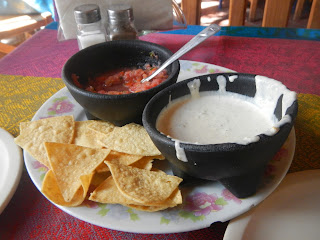
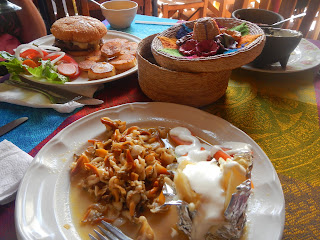



































































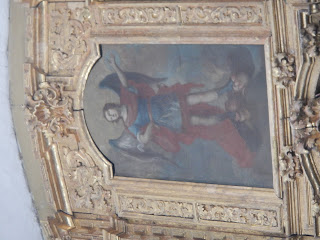









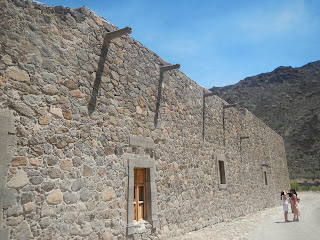


























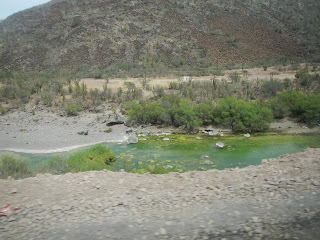






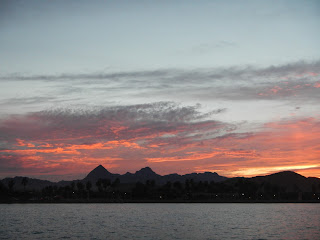



No comments:
Post a Comment